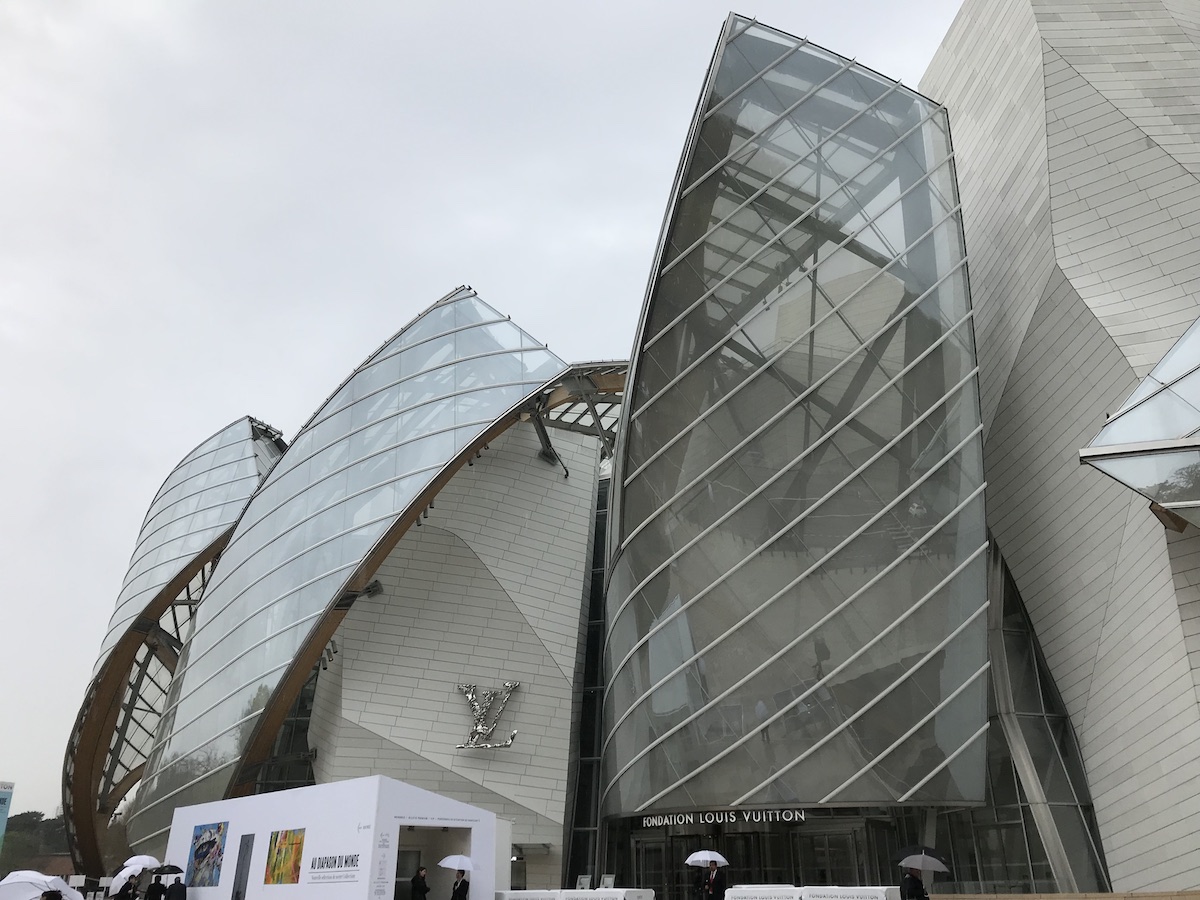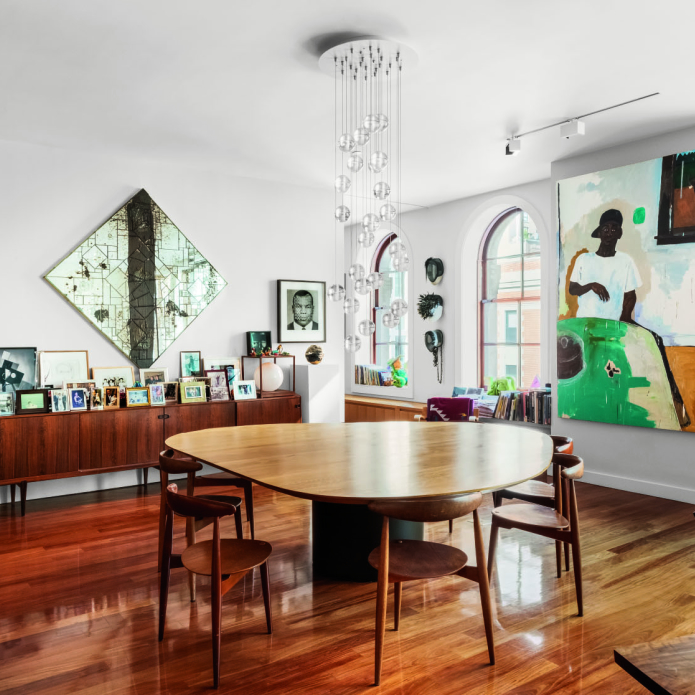Untitled
2002 - Painting (Painting)
204 x 294 cm
Bernard Piffaretti
Bernard Piffaretti was born in 1955 in Saint-Etienne. He graduated from the school of Fine Arts of Saint-Etienne, and he now lives and works in Paris while expanding his carrier internationally. Like On Kawara, Stanley Brouwn or Roman Opalka, Bernard Piffaretti is also a “protocol artist”. He has imposed a few restrictions on his work, resulting in a protocol set as of 1986, which the artist has followed from then on. It is called the “Piffaretti System.” Piffaretti’s work is based on a system of duplication on a single canvas. The painter starts painting indifferently on the left or right side of the canvas, and reproduces the result from memory on the other side, separating both sides by a central vertical line. An image is produced – which is neither the model, nor the copy. It is impossible to perceive which one of the two patterns was the first one. They are both similar like approximate clones. There is no first time. The story stutters as of the beginning. Without any stylistic unit, Bernard Piffaretti’s paintings are very different from one another. The protocol suspends time. The opposition copy/original disappears.
Bernard Piffaretti was born in 1955 in Saint-Etienne. He graduated from the school of Fine Arts of Saint-Etienne, and he now lives and works in Paris while expanding his carrier internationally. Like On Kawara, Stanley Brouwn or Roman Opalka, Bernard Piffaretti is also a “protocol artist”. He has imposed a few restrictions on his work, resulting in a protocol set as of 1986, which the artist has followed from then on. It is called the “Piffaretti System.”
Colors:
Related works sharing similar palette
» see more

© » KADIST
General Idea
1993AIDS Ring by General Idea is a cast metal ring, which takes as its basis Robert Indiana’s iconic “LOVE” design, appropriating its pop aesthetic, and totalizing, simplistic universal messaging to instead emphasize the severity of the AIDS epidemic that occurred in the 1970s...

© » KADIST
siren eun young jung
2018Deferral Archive is one of the archival extensions of siren eun young jung’s Yeoseong Gukgeuk Project (2008-), a decade-long ethnographic research project into the diminishing genre of Korean traditional theater known as Yeoseong Gukgeuk ...
Related works found in the same semantic group
» see more

© » KADIST
Hyunjin Kim on Frequencies of Tradition Wednesday, April 6, 2022, 7.30 pm at California College of the Arts Hyunjin Kim, KADIST’s former Lead Curator for Asia (2017-2020), will discuss Frequencies of Tradition , the culmination of an eponymous series of exhibitions and programs initiated by KADIST in 2018...





